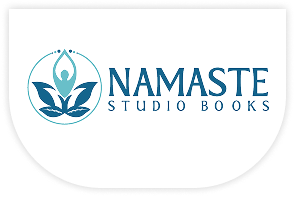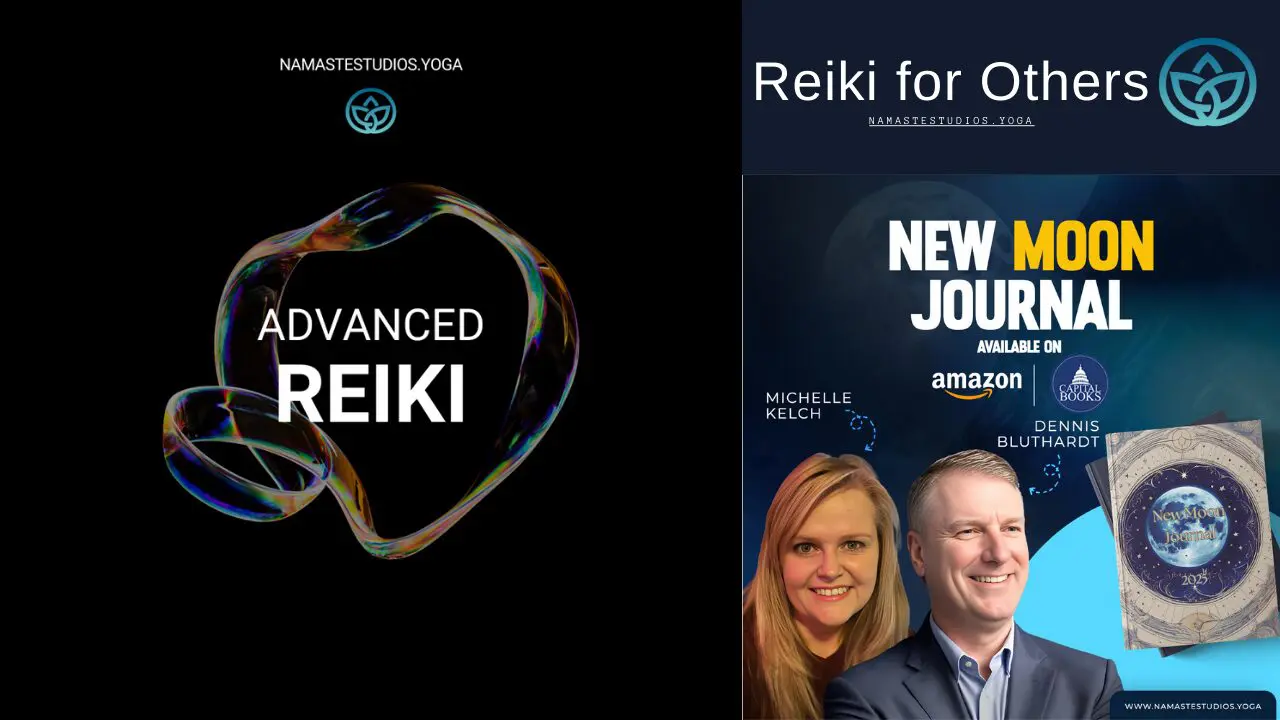Unlocking the Power of Advanced Reiki Practices for Holistic Health and Personal Growth
By Dennis Bluthardt, Namaste Studios
Reiki is an energy healing practice born in Japan and started in the early 20th century by Mikao Usui. The premise is that a universal life force energy flows through all living beings. A Reiki practitioner helps this energy flow to push other forms of healing: life balance and relaxation practices. It has grown as a subset of alternative medicine as more people look for ways to “be holistic,” The modality seems to reliably help release tension from (at least) the physical body. To get into an app or manual like this.
Advanced techniques use the above to help send energy to people “across the room” (hello, San Francisco!). Some methods (which are taught outside of this manual) can be used for other purposes, such as helping instill “deep peace, bro.” The formatting of “those techniques” should appear (be approached) as such.
How to integrate with Reiki? Sure, there are FREE reiki manuals (most likely not as well-formed as this one) and “methods” like this on the internet, but give that information its due and proper time. As you study the manual and start practicing on more people (safely), “your next move” will become “all the more obvious to you.” If that sensation drives you, let it drive you and go with it.
Understanding Reiki and Its Foundations
Reiki is a way of healing. This way of healing purports to use the very force that animates us and connects us all to effect a cure or change in a person in the person’s physical or energetic body.
This practice holds that when that life force is blocked or diminished, a person can become ill or endure many emotional problems. The condition can deteriorate further if a person stays in a state of imbalance for too long. While there are many practices and ways one can achieve a state of physical balance, mental clarity, and emotional well-being, one that is becoming more popular is Reiki. Practiced in many forms, Reiki might look and feel differently depending on where one receives the treatment. Despite what some people believe, the core concepts and practices that makeup Reiki have not changed in over 100 years.
Reiki is a Japanese word formed from two characters. The character “Rei” means universal; it refers to something so fundamental, so essential, that it is beyond our everyday understanding. It is the essence that permeates all things and binds them together. The character “Ki” means life force energy. All living things carry this energy, making them what they are—from humans and animals to trees and grass. It is the energy that is somehow not quite the right energy when a person is ill. Reiki somehow helps make energy right.
While there are Reiki practitioners who use various methods and follow different models, they are not fundamentally changing Reiki itself.
Reiki’s essential practice requires its practitioner to hover their hands or rest them lightly, above or on the recipient’s body as they direct that body’s life force energy back into it for healing purposes. This practice facilitates relaxation in the recipient (or in the practitioner if the practitioner’s hands are not yet over the recipient) whether the practitioner is present, encircling the recipient, or working at a distance.
The Reiki principles encompass empathy, mindfulness, and practicing with the intent to heal oneself. Reiki practice centers on the self. The most essential way to treat anyone else is to first perform a healing session on yourself. Only then are you able to truly help another get well.
Many practitioners abide by their ethical code of conduct, including a hands-off approach and nonjudgmental servicing.
The idea of energy healing as it is serviced in Reiki is significant because it targets the physical, emotional, and spiritual bodies. The relaxation and stress-reducing benefits of Reiki encourage the client’s body to proceed to heal itself. The principle of holistically healing someone and not just a symptom of an illness is parallel to holistic health.
Reiki is an excellent addition to holistic health practice and adds to one’s overall wellness, as it complements beautifully other healing modalities, such as acupuncture, massage, and psychotherapy. Reiki is performed with the understanding that a universal life force flows through us and all living things. When that life force can flow without obstruction, it carries health and harmony. When the force is blocked or diminished, usually through stress or some other kind of negative impact, then illness, either physical or emotional (or both), results.
The idea of energy healing as it is serviced in Reiki is significant because it targets the physical, emotional, and spiritual bodies. The principle of healing someone holistically and not just a symptom of an illness is parallel to those in holistic health. By viewing their health and their body as such, the client will start to think about their health differently, offering them a chance to participate in their wellness journey, creating a life that feels more.
Transitioning to Advanced Reiki Practices
Advanced Reiki practices grow beyond the basic Reiki techniques, which focus mainly on hands-on healing practices/energy techniques. As with essential Reiki, advanced Reiki also involves channeling energy. Instead of doing it directly, person to person, body to body, through the physical touch (which becomes impossible if someone can’t be physically present to receive a Reiki treatment), the second-degree level introduces energy channeling over distance. Believe it or not, “there is no time and space” in some sense, certainly as far as light is concerned. By channeling light, practical healing Reiki energy, one can influence light and energy in others on far-off shores by linking ethically with them.
There are a range of specialist energy-amplifying Reiki symbols to perfect when you want to perform energy work at the second-degree level. Not the least of these, cho ku re is the ubiquitous symbol for Reiki, which you are likely to see represented on many facets of the main Reiki website you are on. This symbol also represents the lowest vibration of the three symbols mastered during an advanced initiation, so it engenders the most profound, lightest sense of connection with the wearer. Sometimes, you are encouraged to visualize this symbol, pull it over yourself, and bring it into being anchored, attached to your physical being.
It also helps to meditate at the second-degree level with a choker. The lightest meditative focus is not just for you, the Reiki Master, the healer, to experience, though. At the other end of the “healing link,” the benefits of healing energy flow at the hands of a second-degree Reiki healer are also just as likely to cause not only a notable easing of physical discomfort than a lighter round of first-degree Reiki may have brought (at all, obviously, by the hands of say a “casual” hands-on Reiki healer), but the benefits of receiving Reiki healing at the second-degree level, include notable more profound physical healing effects, and notable lessening of unwanted, psychologically-deterring discomfiture too.
Benefits of Advanced Reiki Practices
The change that can happen is stunning. For the student advancing to the next level in Reiki, this personal change is usually a consequence of their experience with the energy.
It is common for the transformation to occur in more than one location:
Energy Healing: As the practitioner learns to share the energy, the student often needs to release overwhelming emotional blockages (such as anger, fear, etc). The release will allow the student to focus positively on the overall life direction.
Spiritual Development: Attunement with the higher spirit “team” enables the student to engage in a decision-making process with a more informed perspective (aka a sixth sense).
Concerning others, the ability to organize and control emotional projection will help the student form stable relationships with others. The relationships formed will enlighten the student, and so will the healing power found within Reiki.
Integrating Advanced Reiki into Daily Life
Enhancing your health and well-being with advanced Reiki methods is possible! One of the simplest ways to add it to your day is through a few minutes of self-Reiki. Say it with me: self-Reiki is not just a thing; it is essential to making advanced Reiki accessible to the masses. This can be anything that feels relaxing and helps you to establish a deeper connection to your energy.
For example, spend a few moments each morning on a full chakra cleanse or give yourself Reiki on a body part that feels off. This little ritual is guaranteed to start your day off with a sense of peace and mindfulness.
While Reiki healers work to modify the body’s energy, they will likely use other methods to help further increase energy flow and create a better atmosphere. For their calming effects, essential oils or candles with natural scents can instantaneously lift the ambiance of any facility and enhance a client’s healing experience. If your massage or Reiki session has become “run-of-the-mill” or just plain “blah,” you might consider upping the ante in the aromatherapy department.
Resources for Further Learning
Engage with many materials to enrich your knowledge of sophisticated Reiki modalities. Resources such as “The Reiki Manual” and “The Reiki Healing Handbook,” exhaustive textbooks of elevated Reiki procedures and precepts authored by globally esteemed Reiki practitioners, serve as superb mediums for this purpose. Many books, online courses, webinars, and other online platforms offer interactive classes and workshops to dig deep into the material and learn hands-on. You can learn about different modalities of Reiki and meet your global Reiki community through these lessons.
The second most important way to stay informed is to share. Participate in local and online “Reiki shares” or “circles.” Practitioners in these communities get together (either online or in person) and share Reiki. This way, you can practice Reiki that you’ve just learned or expanded upon or observe how other experienced teachers perform Reiki. There, tons and tons of Reiki will click, and it will make sense. Stay active in your community. It’s not just theory but practice.
Reiki is also a community of kindred spirits. Reiki is a general community from all walks of life that wants the best of each other. These Reiki communities are on a collective mission to spread as much “Ki,” “life force energy,” or “light” (whatever you want to call it) as possible to the world through their ways of healing. Practitioners tend to hold Reiki workshops or retreats annually, bi-annually, or quarterly, where they congregate with the same group, make memories together, and do soulful work with each other. This is less of the technical reason why you should go to these classes or gatherings; this is our human need to connect with other humans on an emotional level, and it’s the “main event” of our craft once, twice, or three times a year. Trust me, these workshops and retreats are a big deal! This means pancakes!
Advanced Reiki practices are for anyone who wants to get more out of their practice and their lives!
To learn more, visit Reiki at Namaste Studios to book a Reiki session. Additionally, you can find more of our Reiki Blogs here.
Get your NEW MOON JOURNAL for a massive discount at Amazon here!
Bonus for blog readers: Interested in learning how AI automation can transform your Business? Click here to register for a FREE WEBINAR that can change your life!

